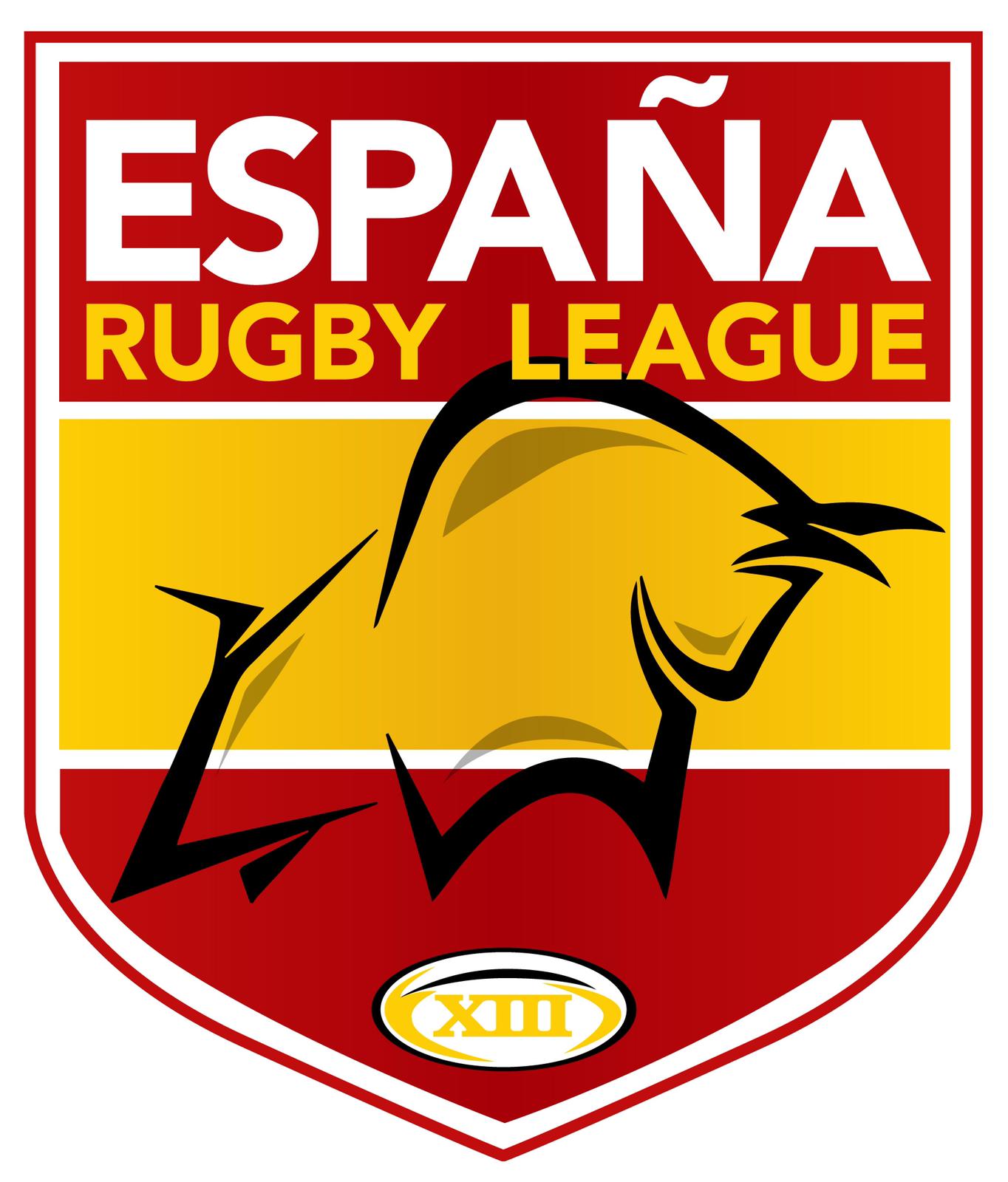Rugby League in Spain
The first international rugby league in Spain was played in the region of Catalonia in 2009, with a Catalonia national rugby league team playing several matches against European nations.
Rugby league in Spain gained momentum in 2013, with a national body (Asociación Española de Rugby League) being formed and admitted to the RLEF (Rugby League European Federation) by the end of that year. The first Spanish domestic competition kicked off in 2013 with clubs based in the Valencian Community, and the national team played its first match on May 25, 2014, defeating Belgium in Brussels.
What is Rugby League and how do you play?
Rugby is rugby right? Wrong, there are two codes: Rugby Union and
Rugby League. Whilst there are various differences between the 2 codes,
below is a brief explanation of Rugby League for any newbie to the
game.
On the Rugby League pitch
- The pitch is rectangular in shape with a set of H-shaped posts at each end situated on the goal or try line.
- A Rugby League match is 80 minutes long and consists of two 40
minutes halves with the sides changing ends (the direction in which they
attack) after half-time. - Rugby League teams field 13 players on the pitch and are allowed four reserves on the bench.
Aim of Rugby League and scoring
The basic aim is naturally to score more points than your opponents. Points are scored in Rugby League on the following basis:
- ‘Try’ — 4 points. A try is scored when the ball is grounded over the try line of the opposing team.
- ‘Conversion’ — 2 points. Following a try a team is
given an extra opportunity to score points by kicking the ball from a
position directly related to where the try was scored. To score these
‘extra’ two points, the kicker must get the ball through the uprights of
the posts and above the crossbar. - ‘Drop goal’ — 1 point. Scored by drop kicking the ball so that it passes between the posts and above the crossbar.
- ‘Penalty goal’ — 2 points. After an infringement, the team awarded a penalty can take a kick at goal and will gain two points if successful.
Match Basics
The game starts with a kick-off as one team kicks the ball into the
opposition half and then attempts to gain possession. The team in
possession then attempt to move the ball up the pitch by passing it to
hand or kicking it.
There are rules concerning how the ball must be passed and for how
long teams are able to keep possession before it passes to their
opponents. The most basic rules are:
- The ball when passed by hand has to be passed backwards.
- Player can pass the ball as many times as they like until one of them is tackled (brought down legally and held) in possession.
- Teams have possession of the ball for six tackles or plays. On the
sixth play, teams usually elect to kick the ball long down the field to
gain territory. If they do not kick, after the sixth tackle the ball is
‘handed over’ to the other team. - When tackled, the ball carrier plays the ball backwards by foot along the ground to a teammate behind them.
- When a player has been tackled, his opponent must release him to enable him to play the ball.
- A scrum, consisting of six players per team is used to re-start the
game after the ball has been ‘knocked-on’ or fumbled forward or when a
forward pass has occurred. A scrum is also formed when a player is
tackled into touch or when the ball is kicked into touch. Scrums are not
contested like they are in Rugby Union. - Players can be ruled offside if they are in front of a teammate who
is in possession and they are deemed to be interfering with play.
Players are not allowed to touch the ball if they were further up the
field than a teammate who has kicked the ball upfield i.e. only players
who are behind the player kicking the ball are allowed to touch it. - Penalties can be awarded in other circumstances such as high
tackles, hitting an opponent, tripping, kicking the ball when a player
is attempting to pick it up, using foul or abusive language. Offenders
can be given a yellow or red card, a yellow resulting in a 10 minute
spell in the sin-bin to cool off.
There are of course a number of other laws and rules in Rugby
League that we haven’t covered here in our attempt not to baffle you
from the outset, but the more you watch or play the game, the more clear
these other rules will become. Good luck getting to grips with Rugby
League.

